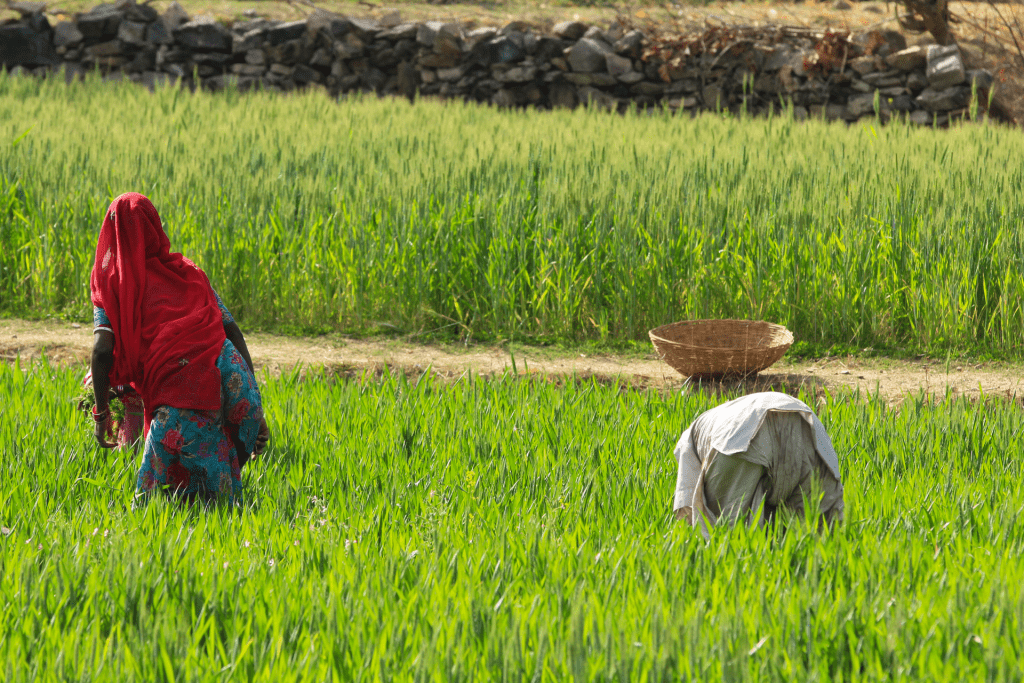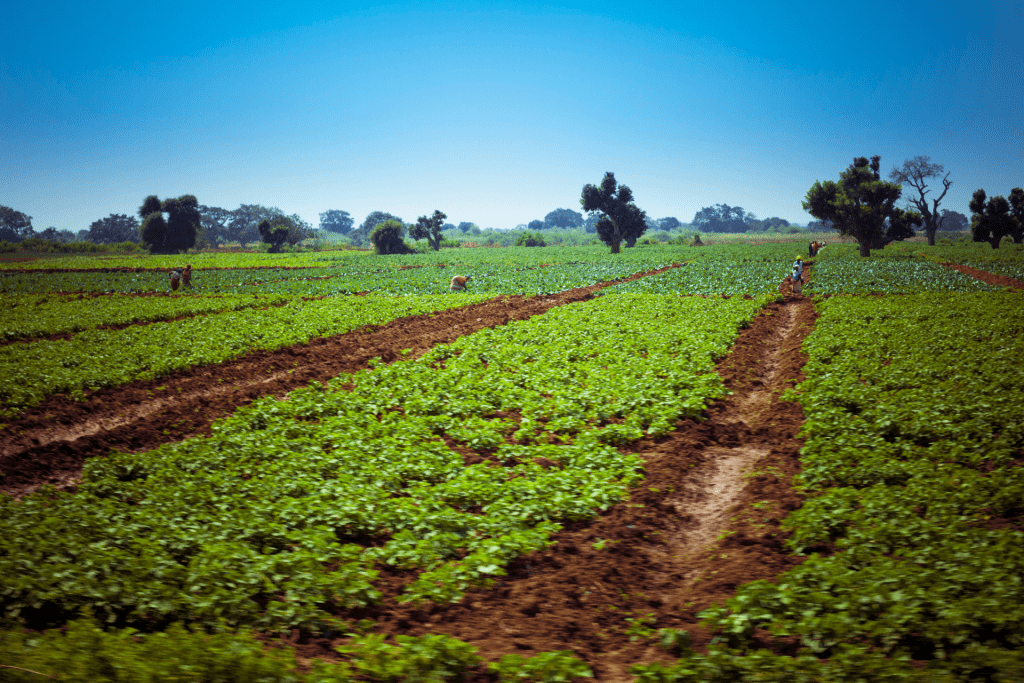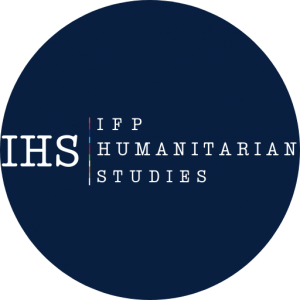The insecurity in the Northern regions of the country, as well as the two English-speaking regions, has greatly affected the food security and livelihoods of Cameroonians.
The socio-political unrest has led to the displacement of people which in turn limits access to fields and livelihoods. This situation, coupled with the challenging humanitarian access to certain localities and low coverage of food assistance due to a lack of resources has led to a nutritional and acute food insecurity situation (crisis) among the displaced and vulnerable populations in urban, peri-urban, and bush areas. The humanitarian needs overview 2021 drafted by OCHA in several regions reveals that much still needs to be done in getting Cameroonians out of the food crisis.
According to the results of the analysis carried out by the Cadre Harmonisé from October to December 2020, 2.7 million people are in acute food insecurity in Cameroon, representing 10% of the total population.

Food insecurity is highest in the North-West, South-West, Far North, Littoral, and Adamawa regions. According to the national survey on nutrition and food security (ENSAN) from September 2020, the NorthWest (40%), South-West (30.7%), Littoral (25.1%), Far-North (24.8%), Adamawa (22.1%), and the West (20.5%) are the most affected by food insecurity in September 2020. This precarious livelihood situation is also reflected by their lack of ownership of land to cultivate. Only 1.6 percent of women own a land title in their name.
Access to a plot does not allow them to have control over it, as they have limited opportunities to assert their rights. International organizations like the World Food Program, WFP, have played major roles in ensuring food security in some regions of Cameroon. In 2018 and 2019 WFP supported 1.6 million people, meeting acute food needs and reaching 89 percent of planned beneficiaries through food distributions and 77 percent through CBTs. At the outcome level, household coping strategy index scores increased, but improvements in diversity scores were mixed.

In October last year, the Japanese government donated an additional fund of FCFA 1 billion to fight food insecurity, making an overall envelope of FCFA 8.5 billion disbursed to fight food insecurity. The money is very timely, given that over 5 million Cameroonians are in need of humanitarian assistance, according to the National Survey on the Food and Nutrition Security Situation in Cameroon (ENSAN).
The Japanese government’s contribution will enable the WFP to provide food and nutritional assistance to refugees, internally displaced people, returnees, and host communities, including children under 5, pregnant women, nursing mothers, and people living with HIV, according to a joint statement issued to this effect. In 2017, Food assistance for assets, FFA activities supported 5,763 participants, 52 % of which were women in the North and East regions. In 2018, with the introduction of the CSP, FFA reached 12,900 participants through 22 field-level agreements, contributing to early recovery and social cohesion with a gradual shift to a more “resilience-based” approach. Immediate results of FFA indicated a good diversity of crops, with participants shifting from mono-cash crops like tobacco to more diversified community-based farming. Nutrition response. WFP brought blanket supplementary feeding activities closer to the most vulnerable populations through a community-based approach but did not significantly strengthen decentralized capacity. In the Far-North region, a shift to CBTs and the introduction of FFA related to animal-food products and non-timber forest products allowed beneficiaries to obtain more diversified and nutritious food. Most WFP staff and management have a good understanding of the nutrition-sensitive approach, and awareness has been raised among partners.
Yet, there was room to improve the visibility of nutrition-sensitive activities within the CSP, as well as the adaptation of activities to the local context and attention to the root causes of food insecurity and malnutrition. National capacity strength With increased humanitarian needs as a result of conflict, climate shocks, and the effects of the pandemic, providing livelihood support to vulnerable displaced people is key to quickly improving their food security, reducing their dependency on food aid, and strengthening their resilience.
